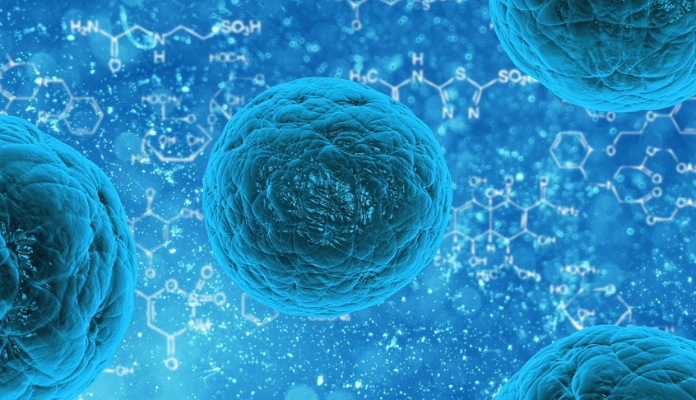Controlling The Herpes Virus
Herpes is caused by virus herpes simplex (HSV). HSV is of two types 1 and 2, which are distinguished by the proteins they have on their surface. Until recently it was believed that HSV-1 infects orally (facial-herpes) and HSV-2 infects only genitalia (genital herpes) but ¡t has now been established that both viruses can infect any part of the body.
Hippocrates, in 400 BC, coined the term ‘herpes’ which literally means ‘to crawl.’ Its highly contagiousness was known even in the early Roman era. However, genital herpes is somewhat different from herpes of the mouth. Indian men are more likely to be infected with HSV-2 than women and increasing seroprevalence of this virus is associated with increasing age. In contrast, in the US, HSV-2 seroprevalence is higher in women than in men.
Risk Factors
- Sexual intercourse before 17 years of age.
- Past medical record of STD’s.
- Record of undiagnosed genital discharge or lesions.
- HIV infection.
- Having more than one sex partners.
- Genital HSV infection of a partner.
- Mother to child transmission.
The herpes virus gets inside the body through the skin or mucous membranes by direct contact with the excretion of an infected person. It multiplies in the epithelial layer of the skin and then travels through the sensory nerve roots to hibernate at the dorsal root ganglion. With increasing age or in persons with low immunity, the virus reactivates. travels back to the nerves up to skin and causes mucocutaneous blisters. Out of 10 infected persons, only one shows clinical symptoms of localized or regional pain, tingling and burning. Hence, n 80 per cent cases, the infected persons are asymptomatic and spread infection to others.
Classic outbreaks of primary genital HSV infection begin with a prodromal period lasting two to 24 hours. Patients may have symptoms such as malaise, fever, headache, anorexia and inguinal lymphadenopathy. When the disease progresses, vesicles on an erythematous base, papules and erosions appear on the skin. Vesicles appear approximately six days after sexual contact.
Recurrence of infection is usually high and depends on various factors such as fever, physical or emotional stress, and exposure to ultraviolet light, immune suppression, menses and sexual intercourse.
There are high chances of mother to child infection during delivery. Autoinoculation to different areas of the body can also occur (e.g., by touching an open lesion on the mouth and scratching the genital area).
Diagnosis
Viral culture is used to differentiate the etiological type of virus. Serology determines an infection only after antibodies appear in the blood. However, in association with other diseases like syphilis or AIDS, the clinical picture of herpes may be confusing
Self-Precautions
- During HSV outbreaks, keep the affected area clean and dry.
- Loose-fitting clothing and cotton underwear are helpful.
- Avoid touching the lesion.
- Wash hands after any contact.
- An ice pack or baking soda compress may be soothing.
- Homemade remedies are also useful like creams or gels containing liquorice root (glycyrrhiza glabra), lemon balm (melissa officinalis), topical zinc and aloe vera cream.
Preventive Measures
Latex Condoms – It not loo per cent, they are proven to reduce the danger of sexually transmitted disease.
Use Water-Based Lubricants- Lubricants prevent friction during sex, which may cause irritation to the skin. Also, oil based lubricants can damage the condoms.
Do Not Use Spermicides – Condoms are lubricated with sperm fatal substances known as spermiades. It comes in jellies and stand-alone foams. Nonoxynol-9 is the main active ingredient in spermicides. It causes irritation in the private areas, which transmits herpes easily.
Use A Dental Dam – It is safe to use one of these for oral sex.
Avoid Multiple Partners – Intercourse with many sexual partners should be stopped.
Clean Your Hands – Do this with soap and hot water after every contact.
Use Sanitary Wipes – The herpes virus cannot live for long outside the body so fomite transmission is rare, but the use of these is still recommended.
Summary
- Herpes genitals is a sett-limiting infectious disease that mostly goes unnoticed.
- Mother to child transmission has fatal outcomes.
- Immunocompromised persons are mostly symptomatic.
- Sexual transmission can occur during asymptomatic periods.
- Abstain from sexual activity when lesions or prodromal symptoms are present
- Condoms can reduce the risk of transmission and should be used consistently.
- Antiviral therapy is available and effective but does not cure the infection.
